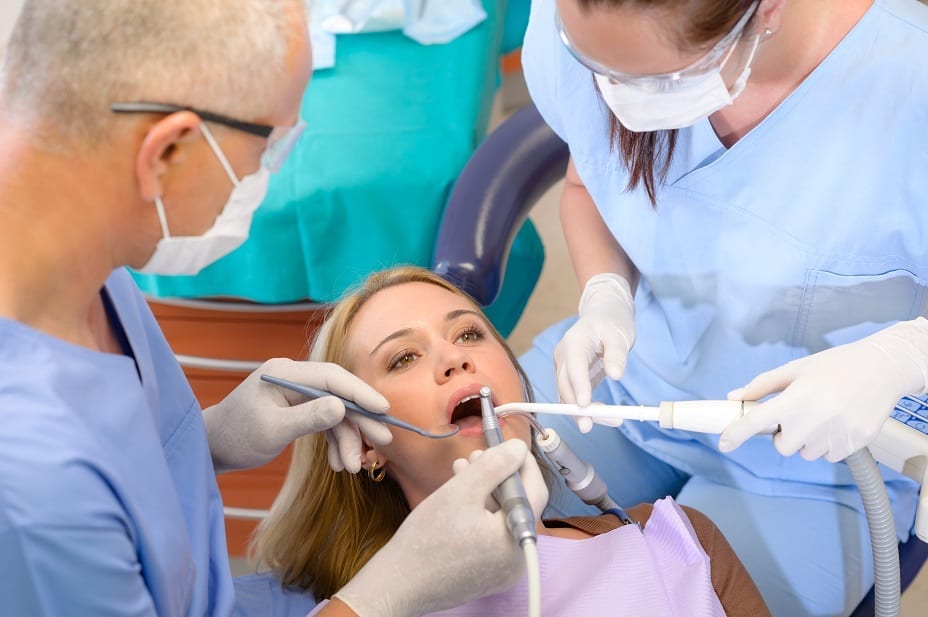Legacy Orthodontics Things To Know Before You Buy
Wiki Article
Examine This Report on Legacy Orthodontics
Table of ContentsNot known Facts About Legacy OrthodonticsGet This Report on Legacy OrthodonticsThe 45-Second Trick For Legacy OrthodonticsLegacy Orthodontics Fundamentals ExplainedThe 25-Second Trick For Legacy Orthodontics
In addition, we supply flexible therapy routines, flexible payment alternatives and an enjoyable, enjoyable experience.An orthodontist is a dental practitioner educated to detect, stop, and treat teeth and jaw irregularities. They correct existing conditions and are educated to determine troubles that might create in the future. Orthodontists function with individuals of any ages, from children to grownups. Individuals usually link a best smile with health.
Malocclusion, or misaligned teeth, can bring about oral concerns, consisting of dental cavity, gum condition, and difficult or agonizing chewing. Not every person is birthed with straight teeth. If you have a bad bite or huge spaces between your teeth, you may wish to consult a dental professional specializing in orthodontic treatment.
The Basic Principles Of Legacy Orthodontics
( Image Credit History: DigitalVision/Getty Images) Orthodontists make use of dealt with and detachable dental tools, like dental braces, retainers, and bands, to transform the placement of teeth in your mouth. Orthodontic treatment is for dental problems, consisting of: Crooked teethBite problems, like an overbite or an underbiteCrowded teeth or teeth that are too much apartJaw misalignmentThe objective of orthodontic treatment is to enhance your bite.A healthy bite guarantees you can consume, chew, and talk correctly. While you could assume of orthodontists as primarily for kids or teens who need braces, they can remedy oral problems at any age. Orthodontists go to university, dental institution, and orthodontic school. After college graduation, they spend 2 or 3 years in an orthodontic residency program.
, yet not all dentists are orthodontists. They concentrate on 2 areas: Exactly how to correctly and safely move teeth How to properly direct development in the teeth, jaw, and faceOnce an orthodontist has actually finished training, they have the choice to become board accredited.
All about Legacy Orthodontics
Malocclusion leads to tooth overcrowding, an askew jaw, or irregular bite patterns. Malocclusion is normally treated with: Your orthodontist connects steel, ceramic, or plastic square bonds to your teeth.If you have only minor malocclusion, you might be able to make use of clear dental braces, called aligners, instead of traditional braces (https://legacyortho.start.page). Some individuals need a headgear to aid move teeth right into line with stress from outside the mouth. After braces or aligners, you'll require to wear a retainer. A retainer is a custom-made device that keeps your teeth in place.
They're frequently used on youngsters. They can produce extra space in the mouth without needing to pull teeth. If you have a severe underbite or overbite, you could need orthognathic surgery (additionally called orthodontic surgical procedure) to lengthen or shorten your jaw. Orthodontists make use of cables, surgical screws, or plates to support your jaw bone.
You might need to see an orthodontist if you have: Crowding or otherwise sufficient room for every one of your teethOverbite, when your upper teeth come by your base teethUnderbite, when your bottom teeth are too much forwardSpacing or issues with gapsCrossbite, which is when your top teeth fit behind your base teeth when your mouth is closedOpen bite or an upright space in between your front base and upper teethMisplaced midline, when the facility of your base and upper teeth don't line up Dealing with an oral malocclusion can: Make biting, chewing, and speaking easierImprove the proportion of our face and your overall appearanceEase pain from temporomandibular joint problemsSeparate your teeth and make them simpler to clean, helping avoid dental cavity or dental caries It's commonly a dental expert that initially notifications misaligned teeth throughout a regular test.
Get This Report about Legacy Orthodontics

During your first orthodontic assessment, you'll likely have: An oral examPhotos taken of your face and smileDental X-raysPanoramic (360 degree) X-rays of your face and headImpressions to produce molds of your teethThese tests will assist your orthodontist recognize just how to wage your treatment. braces. An orthodontist is a dental expert that's had training to treat your teeth and jaw
Orthodontists might execute surgical procedure, exams,X-rays,and more to aid you acquire an extra comfortable, healthier smile. An orthodontist is concentrated on your bite, so something like a chipped tooth would certainly be managed by a dental practitioner. Orthodontists are dental experts however not all dental experts are orthodontists. Orthodontists are focused on your bite, or the way your teeth meshed, and the straightness of your teeth. Ever before wondered exactly how our website stars constantly seem to have completely lined up teeth? Orthodontists are oral specialists that focus on correcting irregularities in the teeth and jaws.
Examine This Report about Legacy Orthodontics

While dental braces are one of the most frequently recognized orthodontic treatment, orthodontists have a varied toolkit at their disposal. The specific method picked relies on the seriousness of the instance, the client's age, and private choices. These tried-and-true braces make use of a system of braces adhered to the teeth and connected by wires.
These detachable trays are personalized to progressively shift the teeth's position. In instances of narrow jaws, palatal expanders can be used to create space for correct tooth placement.
Report this wiki page